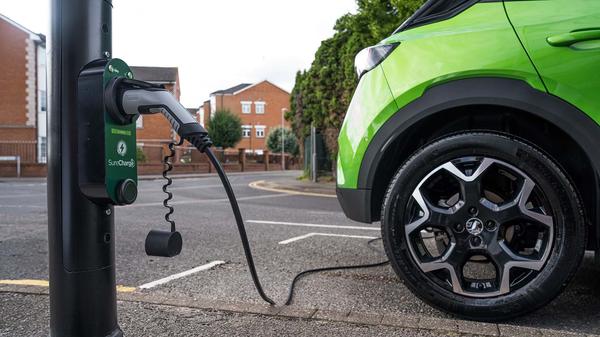Feature
Was 2023 a good year for motorists?
Before looking ahead to the new year, let’s review how 2023 shaped up for drivers
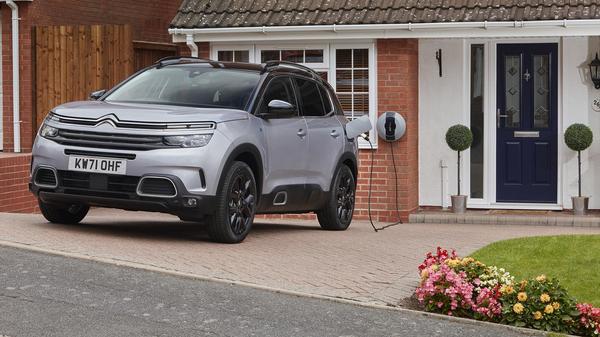

Words by: Catherine King
Published on 19 December 2023 | 0 min read
With the new year beckoning, it’s time to look back at the last 12 months and reflect on how we’ve fared as drivers. Beyond the new cars that went on sale, a lot went on in the automotive world, driven by the increasing focus on sustainability, air quality, cost of living and more. Plenty to keep policy makers busy, and we’ve seen various headlines throughout the year on hot topics such as clean air zones and electric vehicles. Has this paved the way for a smooth ride into 2024, or will motorists be navigating a bumpy road?
New clean air zones
Kicking off 2023, there were additions to the list of Clean Air Zone (CAZ) in cities across the UK. Both Sheffield and the combined Newcastle, Gateshead and North Tyneside area initiated charges for non-compliant vehicles entering the new zones, although currently these do not apply to privately-owned cars. In August we saw the Ultra-Low Emission Zone (ULEZ) in London expand to include all 32 boroughs of Greater London. You can find out more here.
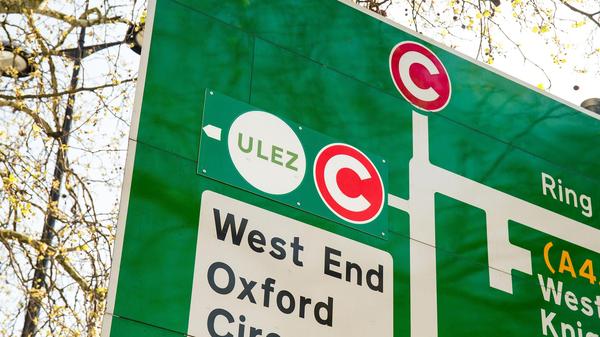
More electric vehicles
As people looked to make more environmentally friendly choices, sales of new electric vehicles (EVs) increased, with almost one million on our roads now. Although EVs might not fit everyone’s lifestyle, price reductions made pre-loved electric cars more appealing to buyers. Some electric models even became cheaper to buy than their petrol or diesel equivalents. To help with charging, the government offered grants to install charging points for people who own or rent flats with off-road parking. For those relying on public charging, the network grew to over 50,000 points, providing more locations to plug in. Additionally, new regulations mean that data about these charging points should become publicly available allowing service providers to integrate availability and prices into their maps and apps.
However, it’s not been completely plain sailing towards an electric future. In September the government announced it would be pushing back the ban on the sale of new petrol and diesel cars from 2030 to 2035. Confusingly, however, it then set out its Zero Emissions Vehicles (ZEV) Mandate, forcing manufacturers to sell a specified percentage of zero emissions vehicles or face fines. For 2024 that proportion is 22 per cent, with that number increasing each year up to the ban on new internal combustion engine (ICE) vehicles. Although you’ve now got more time to buy a new petrol or diesel car wherever you are on your personal journey to owning an electric car you’ll be spotting more on roads going forward.
However, it’s not been completely plain sailing towards an electric future. In September the government announced it would be pushing back the ban on the sale of new petrol and diesel cars from 2030 to 2035. Confusingly, however, it then set out its Zero Emissions Vehicles (ZEV) Mandate, forcing manufacturers to sell a specified percentage of zero emissions vehicles or face fines. For 2024 that proportion is 22 per cent, with that number increasing each year up to the ban on new internal combustion engine (ICE) vehicles. Although you’ve now got more time to buy a new petrol or diesel car wherever you are on your personal journey to owning an electric car you’ll be spotting more on roads going forward.
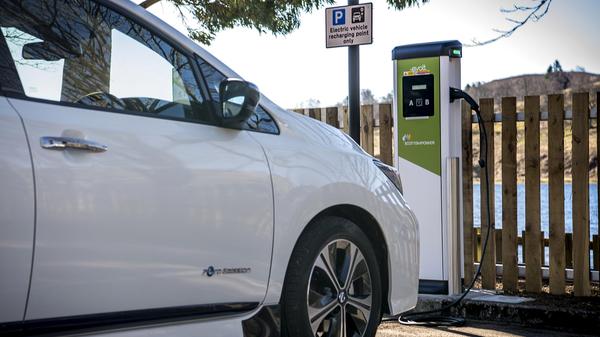
Lower speed limits in Wales
The change in Wales reducing the default limit from 30mph to 20mph for restricted roads, caused much debate. The hope is to reduce collisions, make streets safer, and to encourage people to walk or cycle. Meanwhile in Westminster Prime Minister Rishi Sunak and Transport Secretary Mark Harper announced a “long-term plan to back drivers”. This involved reviewing traffic-calming measures, fixing potholes, charging for peak time road works, reviewing bus lane operation times, and reducing ‘over-zealous’ traffic enforcement by local authorities.
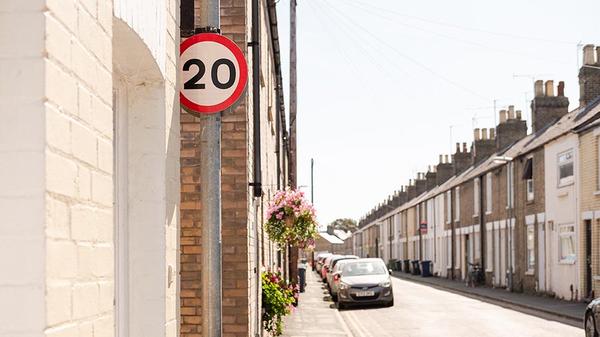
More jobs in automotive
The King’s speech in November set out new bills proposed by the government. One of which was the Automated Vehicles Bill. This aims to put the UK at the forefront of the development of safe self-driving vehicles by defining the previously grey area of liability when a vehicle is driving itself. The aim is to encourage economic growth in an increasingly important sector with the stated aim of creating 38,000 skilled jobs by 2035.
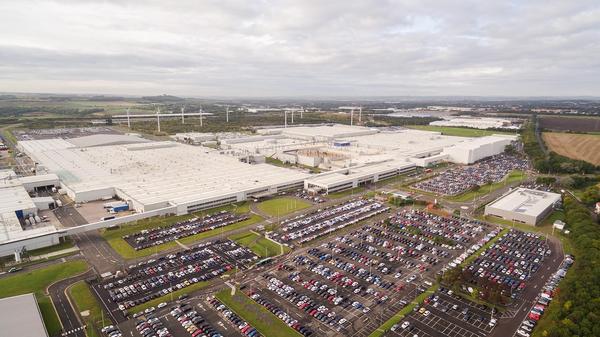
Autumn budget
Our full summary of the autumn budget and its implications can be found here. The main headline was that there was no change to fuel duty with the current rate frozen until the end of the financial year.
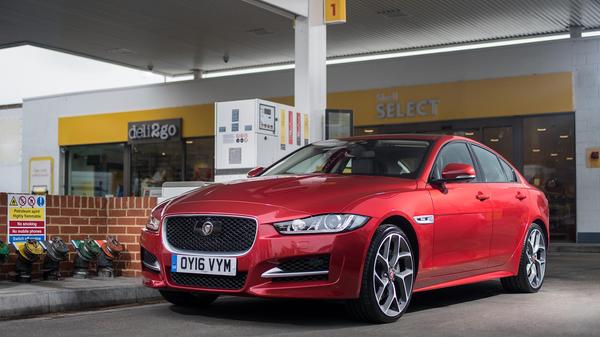
Fuel prices
The year has ended on a positive note for motorists, with fuel prices at a two-year low. The cost of one litre of unleaded petrol fell to 142p in December, which is 10p less per litre than the same month in 2022. Prices peaked in July 2023 at 192p per litre, due to the war in Ukraine. At the time of writing, the RAC was forecasting prices to drop below 140p per litre by the end of the year, though attacks on shipping in the Red Sea may yet reverse the trend.
Conclusions…
So, was 2023 a good year for motorists? With the average price of petrol and diesel fluctuating, mixed messages about electric vehicles and no large financial support to make the switch, the year has had its ups and downs. If you want an idea of what 2024 may bring watch this space!
